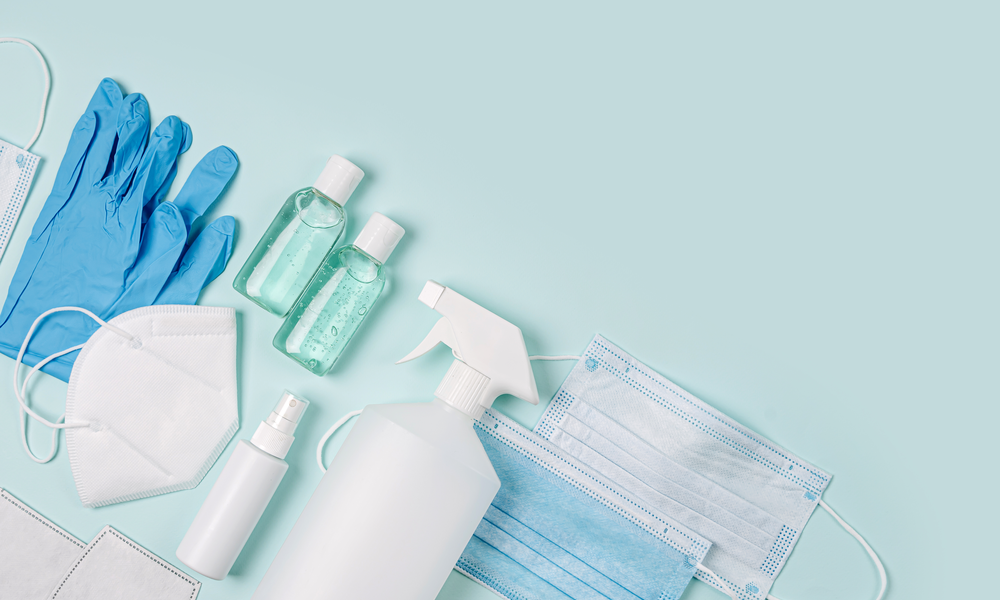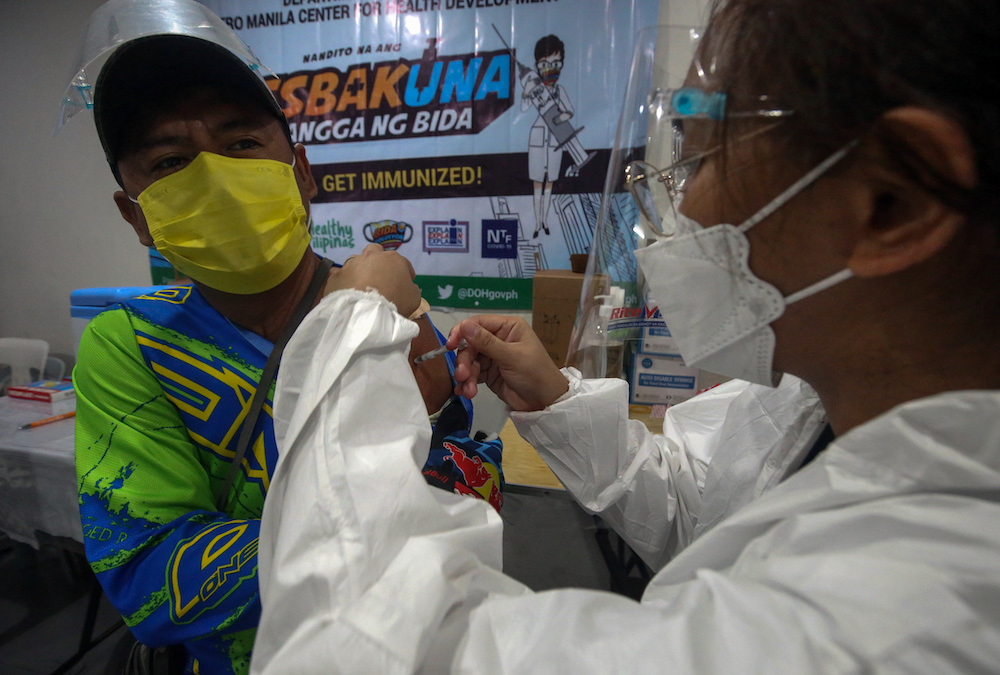Here’s a quick guide on what to do during and after your home quarantine for COVID
The past month has seen an exponential increase in COVID cases in the Philippines following the local transmission of the more transmissible Omicron variant. As government authorities asked the public to avoid hospitals if symptoms are mild, which is the case in 95% of new infections, many have opted to do home quarantine.
For those about or still undergoing home quarantine, here is a brief guide on the do's and don'ts of home quarantine and isolation based on current guidelines.
DOH’s categories for home and quarantine isolation
DOH issued a set of guidelines for the public last Jan. 6, indicating that those who tested positive and/or are close contacts of people who tested positive should have their own bedroom and bathroom with proper ventilation and to have medical supervision or oversight from a healthcare practitioner for monitoring of symptoms.
There were three categories indicated in the DOH memorandum: facility isolation, home isolation, and home quarantine. Persons who test positive and are symptomatic but do not have their own room, bathroom, and medical oversight are advised to stay at a quarantine facility, also known as facility isolation.
Meanwhile, home isolation is prescribed for those who are COVID-positive and symptomatic, have their own room and bathroom, and are being closely monitored by a medical practitioner.
And third, home quarantine is done by individuals who are close contacts or household members with exposure to symptomatic persons provided that they are: a.) asymptomatic; b.) not vulnerable such as senior citizens and/or persons with comorbidities; c.) not mixed with positive & symptomatic individuals. Despite being negative or asymptomatic, persons under this category should not leave the house due to close contact exposure.

What to prepare for a home quarantine
For those who need to do home quarantine, consider this as a checklist that you can use to help you prepare for yourself or your loved ones to go into isolation:
For your accommodation:
- Individual bedroom for each person. Better if the bedroom and bathroom are well-ventilated;
- Separate bathroom with toilet and sink for each person.
For your personal isolation kit:
- Face masks.
- Cleaning products (e.g., soap, tissues, disinfectant solutions, alcohol, wipes, sanitizers);
- Supplements (e.g., vitamin C) and medications for pre-existing conditions (if prescribed any);
- Digital thermometer (disinfected before and after use) and pulse oximeter to check vital signs;
- Other personal care products for daily use;
- Personal household items (e.g., towels, kitchen utensils, plates, cups).
Other necessary preparations:
- Line of communication for loved ones and healthcare workers to update on your health status;
- Electricity, portable water, cooking source;
- Proper waste disposal
For patient care during isolation period:
- Primary caregiver who is not considered high risk and is well-informed on health and safety precautions;
- Meal preparation for the persons who will quarantine (if individuals cannot prepare meals within the isolated room)
Don’t have enough rooms/bathrooms for home isolation?
Dr. Anna Ong-Lim, chief of the Philippine General Hospital’s Division of Infectious & Tropical Disease in Pediatrics, said in a recent webinar that those who do not have the capacity for a separate setup can still do the following:
- Wear face masks at all times;
- Regularly disinfect the areas and objects in use (especially the bathroom);
- Physically distance from each other within spaces (at best, a minimum of six feet);
- Ensure proper ventilation of the home quarantine area
If you have more than one person who needs to be isolated and you have at least two rooms in your living quarters, you can also have those individuals share one room and the rest who are asymptomatic can share another room. Dr. Ong-Lim stressed that when these two groups are interacting with each other, everyone should continue using face masks for added protection.
How long you should isolate
The length of a person’s isolation period depends on their COVID status as well as their symptoms all throughout. An individual’s vaccination status does not determine the duration of their isolation, as said by DOH.

Whether they are asymptomatic, mild, or moderate cases, individuals who are positive must quarantine for 10 days, with the first day of symptoms and/or positive test result counted as Day 0. Persons who initially tested positive must test negative and should not have any symptoms by Day 10 for them to end their isolation period.
Close contacts or those who do not test positive and do not have any symptoms are advised to quarantine for seven days. By Day 7, if the person isolating does not show any symptoms, they are free to leave their quarantine area.
What to do while in isolation
So, you’re settled in your isolation quarters. Here are some of the things you should do while awaiting the end of your quarantine period:
- Wear your face masks (make sure it’s well-fitted);
- Stay in your designated isolation room and physically distance from others as much as possible;
- Wash your hands frequently and observe proper hygiene;
- Disinfect your areas, especially when you’re sharing a space with someone else;
- Refrain from sharing household items with other household members (especially those who are not COVID-positive and/or do not have symptoms of COVID);
- Keep yourself physically healthy by eating fruits and vegetables, drinking plenty of water, and taking vitamin C supplements;
- Watch out if you’re having the following symptoms:
- Fever or chills
- Cough
- Shortness of breath or difficulty breathing
- Fatigue
- Muscle or body aches
- Headache
- New loss of taste or smell
- Sore throat
- Congestion or runny nose
- Nausea or vomiting
- Diarrhea
If you have any emergency symptoms, such as serious difficulty in breathing, constant pain/pressure in the chest, new confusion, troubles in staying awaking and/or waking up, significant change in color of the skin, lips, or nail bed (e.g., turning pale, gray, or blue), or any other concerning symptoms, immediately call your healthcare provider.
What to do after the period of isolation
After your indicated period of isolation and have tested negative for COVID without symptoms, here are some of the things you should do:
- Disinfect all areas in the bedroom and bathroom, with particular attention to high-touch surfaces such as doorknobs, tables, handles, light switches;
- Disinfect all items that the person/s used or touched:
- Wash dishes, cups, and utensils in soap and hot water,
- Wash your used clothes and other cloth item (e.g., bed sheets, pillowcases, and blankets) in the warmest possible setting,
- Follow manufacturer’s instructions on how to safely disinfect electronic items.
- Discard your toothbrush (especially if you were positive with COVID during the isolation period);
- Use gloves when handling and disposing trash;
- Wash your hands after disinfecting everything;
- Continue wearing face-fitting masks;
- Continue monitoring yourself for any COVID symptoms.


